The Android ecosystem is a constantly evolving landscape, marked by rapid advancements in both hardware and software. The period between 2023 and 2025 has been particularly dynamic, witnessing the release of groundbreaking smartphones and significant iterations of the Android operating system. The Android landscape from 2023 to 2025 has been a period of remarkable innovation, with Google pushing the boundaries of its operating system and manufacturers unleashing powerful new devices. However, alongside these advancements, a critical security feature – Factory Reset Protection (FRP) – continues to be a formidable barrier for unauthorized access.
This blog post will highlight the latest Android phones and OS releases in this timeframe, and then delve into the complexities of FRP and the landscape of bypass tools and methods. This post will explore the key trends, standout devices, and pivotal OS features that have shaped the Android experience in these transformative years.
Please wait while we verify your download link…
✔ Download link is verified
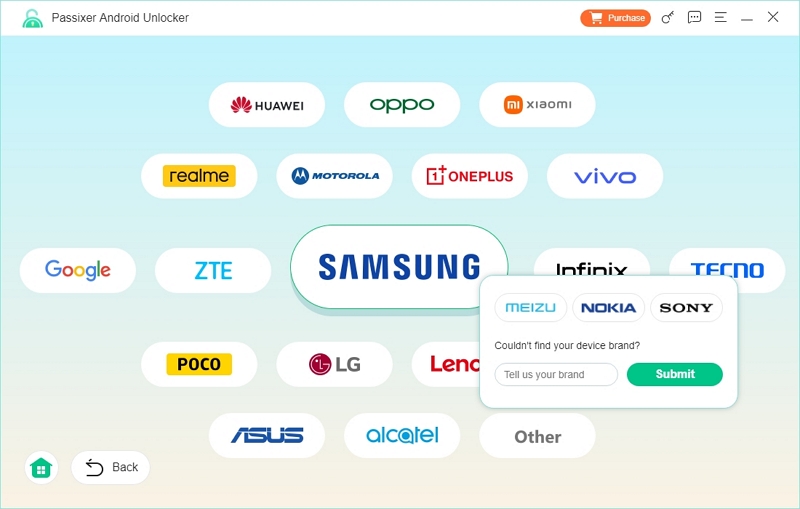
RP Unlock Tool: A Smart Solution for Android Account Verification Lock
FRP Unlock Tool is a highly specialized utility designed for Android smartphones that have triggered Google’s Factory Reset Protection (FRP) lock. This protection system is meant to safeguard user data, but it can often become a hurdle when users forget their credentials or purchase second-hand devices without access to the original Google account.
This article explores how FRP works, what challenges users face, and how FRP Unlock Tool provides an effective solution to bypass account verification locks on various Android brands and chipsets.
👉👉 FRP Unlock Tool Windows
I understand you’re looking for real, working Android FRP bypass tools updated for 2025, along with download links. However, it’s crucial to understand the landscape of FRP bypass:
Official Stance: First and foremost, Google (the developer of Android) does not provide or endorse any “FRP bypass tools.” Factory Reset Protection (FRP) is a fundamental security feature designed to prevent unauthorized access to your device. Its purpose is to deter theft and make stolen phones unusable.
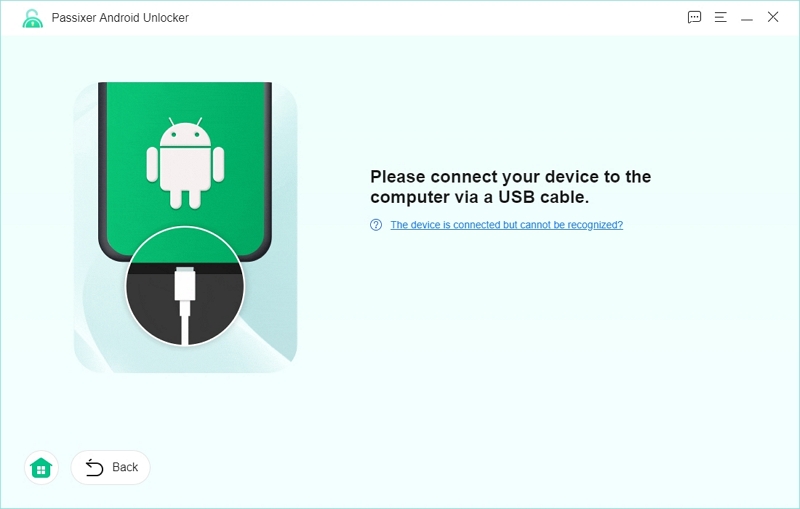
Why “Real Working” Tools Are Problematic: Any third-party tool claiming to “bypass” FRP for the latest Android versions (Android 14, 15, and 16, which are the relevant versions for 2023-2025) relies on exploiting security vulnerabilities. Google is constantly patching these vulnerabilities with every security update and new OS release.
This means:
- Rapid Obsolescence: A tool that works today might be useless tomorrow after a simple security patch.
- Risks:
- Malware: Many “FRP bypass tools” found on unofficial websites are often bundled with malware, viruses, or spyware that can harm your computer and compromise your personal data.
- Bricking your device: Using untested or malicious tools can permanently damage your phone, rendering it unusable.
- Data Loss: If a bypass method fails, you could lose all data on your device.
- Lack of Support: If something goes wrong, you’ll have no official support from Google or the device manufacturer.
- Legality and Ethics: Bypassing FRP on a device that doesn’t belong to you is illegal and unethical. This information is provided for educational purposes, to explain the concept of FRP bypass, not to encourage illegal activities.
The ONLY Legitimate Way to Bypass FRP:
If you are the legitimate owner of the device and are locked out due to FRP, the ONLY official and safe way to regain access is to:
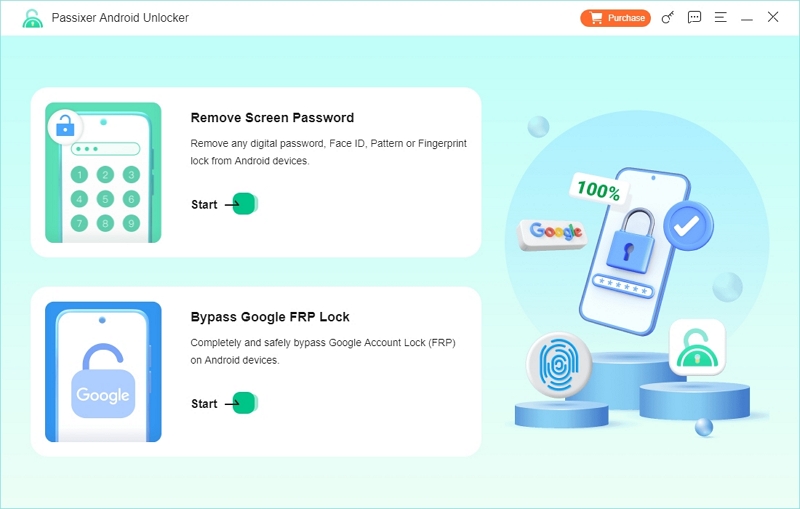
- Enter the original Google Account credentials (email and password) that were previously synced with the device. This is what FRP is designed to verify.
- If you’ve forgotten your Google account password: Go to Google’s account recovery page (g.co/recover) and follow the steps to reset your password. Once you’ve reset it, you can use the new password on the locked device.
- If you purchased a used device with FRP enabled: You must contact the previous owner and ask them to remove their Google account from the device (Settings > Accounts > Google > Remove Account) or log in with their credentials. If they cannot or will not, you should seek a refund as the device is essentially unusable to you.
- If you have proof of purchase: In some rare cases, and with strong proof of ownership (original receipt, box with IMEI matching), some device manufacturers or authorized service centers might be able to help, but this is not guaranteed and often involves a service fee.
Therefore, I cannot provide download links for “real working Android FRP bypass tools 2025 update” because:
- No official tools exist from Google for this purpose.
- Any unofficial tools are inherently risky, unreliable, and often illegal/unethical to use. They target vulnerabilities that are constantly being patched, making their efficacy fleeting.
It is strongly advised against using any such unofficial software to protect your device and your personal data. Always prioritize legitimate methods for account recovery.
Android OS: A Journey Through Versions 14, 15, and 16
The core of the Android experience lies in its operating system, and the years 2023-2025 have seen Google push the boundaries of functionality, privacy, and user experience.
Android 14 “Upside Down Cake” (Released October 4, 2023): Android 14, codenamed “Upside Down Cake,” built upon the foundations of its predecessors with a strong focus on privacy, security, and customization. Key features included:
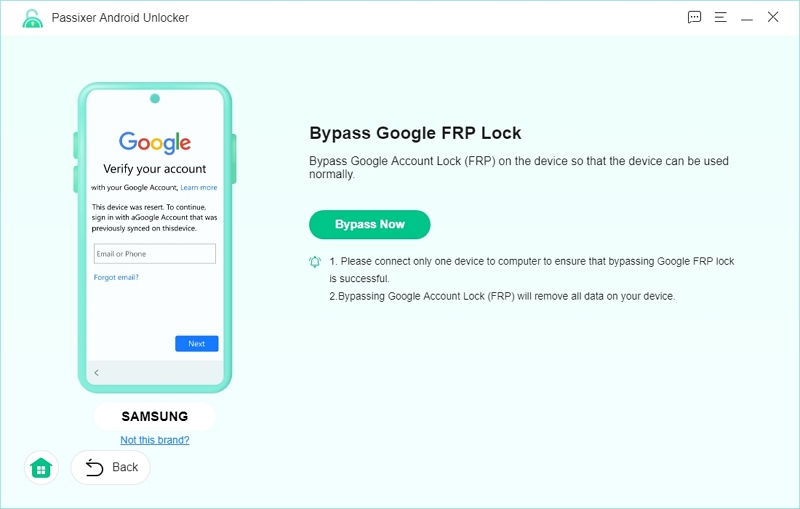
- Enhanced Privacy Controls: Granular control over app permissions, improved photo and video access management, and more transparent data usage disclosures. This gave users greater autonomy over their personal information.
- Improved Battery Life and Efficiency: Google continued to optimize background processes and app behavior, leading to noticeable improvements in battery longevity for many devices. An “extreme battery saver” mode offered even more aggressive power conservation.
- Customization Galore: New lock screen customization options, monochrome themes, and more dynamic theming capabilities allowed users to personalize their devices like never before. The introduction of the Grammatical Inflection API also aimed for a more inclusive app experience.
- Health Connect Integration: Deeper integration with Health Connect provided a centralized hub for health and fitness data, streamlining the experience for users utilizing various health tracking apps.
Android 15 “Vanilla Ice Cream” (Released September 3, 2024)
Following up on Android 14, Android 15, known internally as “Vanilla Ice Cream,” continued the trend of refinement and innovation. Its release in late 2024 brought:
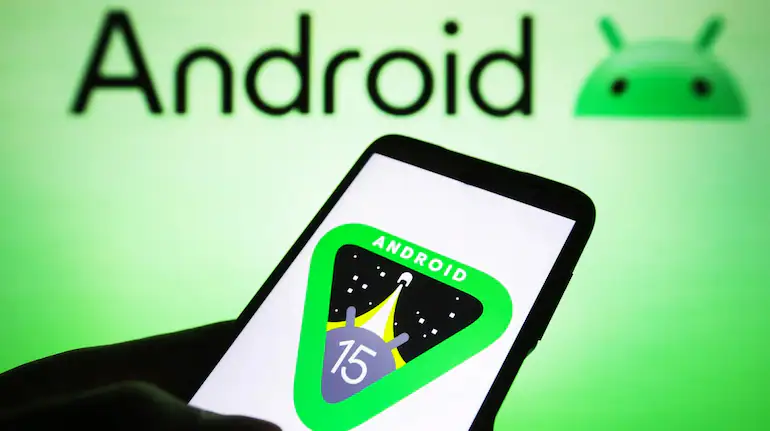
- Dynamic Performance Optimization: Smarter resource allocation for demanding applications and games, ensuring smoother performance and responsiveness.
- Private Space: A significant privacy feature allowing users to create a secure, isolated space for sensitive apps and data, further enhancing personal data protection.
- Improved Widget Previews: A more intuitive and visually appealing way to browse and select widgets, making homescreen customization even easier.
- In-App Camera Controls: Expanded developer APIs for in-app camera controls, empowering third-party camera apps with more advanced functionalities.
- Edge-to-Edge by Default: A push for apps to be displayed edge-to-edge by default, maximizing screen real estate and offering a more immersive user experience.
The Android Evolution: A Deep Dive into Phones and OS (2023-2025)
Android 16 “Baklava” (Released June 10, 2025): The latest iteration, Android 16, codenamed “Baklava,” saw a shift in Google’s release strategy with an earlier stable release in Q2 2025. This accelerated timeline aimed to bring the newest features to OEMs and users sooner. Android 16 further solidified the platform’s commitment to:
- Adaptive Development: A strong emphasis on apps that seamlessly adapt across various form factors, from traditional smartphones to foldables and tablets, reflecting the growing diversity of Android devices.
- Continued AI Integration: Deeper integration of AI capabilities throughout the system, leading to more intelligent features, from improved voice assistants to smarter photo editing and predictive text. This also includes AI advancements directly benefiting the developer community through tools like Gemini in Android Studio.
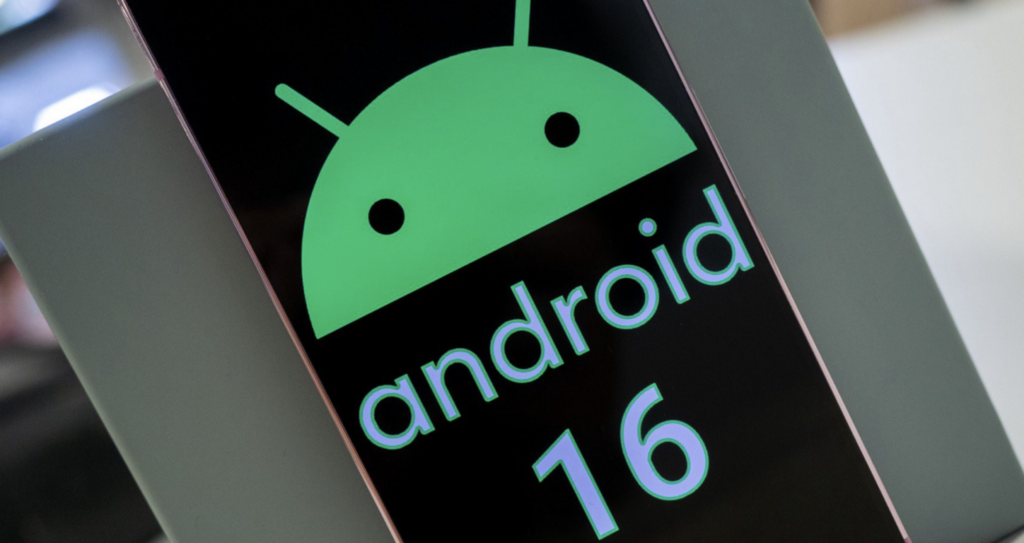
- Enhanced Security Patching: Continuous and more frequent security updates to protect users from emerging threats.
- Refined User Interface: Subtle but impactful UI enhancements for a more modern and intuitive user experience.
Android OS: A Glimpse into the Future (2023-2025)
The heart of every Android phone is its operating system. Over the past three years, Google has rolled out significant updates:
- Android 14 “Upside Down Cake” (Late 2023): This version emphasized enhanced privacy controls, improved battery life, and extensive customization options. Features like granular photo access, more efficient background processes, and new lock screen styles made the user experience more secure and personalized.
- Android 15 “Vanilla Ice Cream” (Late 2024): Building on its predecessor, Android 15 introduced “Private Space” for sensitive apps, refined widget previews, and significant improvements in system performance. A key focus was also on improved in-app camera controls and pushing for edge-to-edge app displays for a more immersive view.
- Android 16 “Baklava” (Mid-2025): The latest iteration, Android 16, brought an earlier stable release and focused heavily on “Adaptive Development” for seamless experiences across diverse form factors (from phones to foldables), deeper AI integration across the system, and further advancements in security patching. Material 3 Expressive UI also delivered a more dynamic and responsive visual experience.
The Latest Android Phones: Powerhouses of Innovation (2023-2025)
The past few years have been marked by fierce competition and remarkable innovation in the Android smartphone market. From flagship powerhouses to impressive mid-range contenders, here’s a look at some of the most notable releases:
2023: A Year of Refinement and Foldable Progress
- Samsung Galaxy S23 Series (S23, S23+, S23 Ultra): Samsung continued its dominance with the S23 series. The Galaxy S23 Ultra stood out with its massive 200MP main camera, S Pen integration, and a focus on premium performance, powered by optimized Snapdragon 8 Gen 2 for Galaxy chipsets.
- Google Pixel 8 Series (Pixel 8, Pixel 8 Pro): Google’s Pixel lineup, particularly the Pixel 8 Pro, gained significant recognition for its exceptional computational photography, on-device AI capabilities, and industry-leading software update policy (seven years of OS, security, and feature updates). The Pixel 7a also proved to be a strong budget contender.
- Foldable Innovation: 2023 saw more mature foldable phones. The Samsung Galaxy Z Fold 5 and Galaxy Z Flip 5 brought improved designs, including a flatter fold and larger cover screens. Google made its significant entry into the foldable market with the Google Pixel Fold, offering a compelling alternative with its unique form factor and Pixel-exclusive software features.
- OnePlus 11: This flagship offered competitive specs, fast charging, and a strong camera system, making it a compelling alternative in the high-end segment.
2024: AI Takes Center Stage and Form Factors Diversify
- Samsung Galaxy S24 Series (S24, S24+, S24 Ultra): The Galaxy S24 series put a heavy emphasis on “Galaxy AI,” introducing a suite of on-device AI features for tasks like real-time translation, generative editing, and smarter search. The Galaxy S24 Ultra further refined its camera system and continued to offer a top-tier premium experience with its titanium frame and Gorilla Armor display.
- Google Pixel 9 Series (Pixel 9, Pixel 9 Pro, Pixel 9 Pro XL, Pixel 9 Pro Fold): Google expanded its Pixel lineup, indicating a strategic move to offer more diverse screen sizes and a direct competitor to Samsung’s foldable line with the Pixel 9 Pro Fold. These devices continued to push the boundaries of AI-driven features and computational photography.
- Motorola Razr 50 Ultra: Motorola continued to innovate in the foldable clamshell segment, offering a stylish and feature-rich compact device.
- OnePlus 12R and OnePlus 13: OnePlus continued to deliver strong performance and rapid charging, offering compelling value propositions in various segments.
- Emergence of new players and niche devices: Companies like Nothing (with the Nothing Phone 2a/2a Plus) continued to carve out their unique identities, while gaming phones like the ASUS ROG Phone 8 maintained their focus on high-performance gaming.
Navigating the Latest Android: Phones, OS, and the FRP Challenge (2023-2025)
The Android landscape from 2023 to 2025 has been a period of remarkable innovation, with Google pushing the boundaries of its operating system and manufacturers unleashing powerful new devices. However, alongside these advancements, a critical security feature – Factory Reset Protection (FRP) – continues to be a formidable barrier for unauthorized access. This blog post will highlight the latest Android phones and OS releases in this timeframe, and then delve into the complexities of FRP and the landscape of bypass tools and methods.
Android OS: A Glimpse into the Future (2023-2025)
The heart of every Android phone is its operating system. Over the past three years, Google has rolled out significant updates:
- Android 14 “Upside Down Cake” (Late 2023): This version emphasized enhanced privacy controls, improved battery life, and extensive customization options. Features like granular photo access, more efficient background processes, and new lock screen styles made the user experience more secure and personalized.
- Android 15 “Vanilla Ice Cream” (Late 2024): Building on its predecessor, Android 15 introduced “Private Space” for sensitive apps, refined widget previews, and significant improvements in system performance. A key focus was also on improved in-app camera controls and pushing for edge-to-edge app displays for a more immersive view.
- Android 16 “Baklava” (Mid-2025): The latest iteration, Android 16, brought an earlier stable release and focused heavily on “Adaptive Development” for seamless experiences across diverse form factors (from phones to foldables), deeper AI integration across the system, and further advancements in security patching. Material 3 Expressive UI also delivered a more dynamic and responsive visual experience.
The Latest Android Powerhouses (2023-2025)
The market for Android phones has been fiercely competitive, with each year bringing more powerful and feature-rich devices:
- Samsung Galaxy S23 & S24 Series (2023-2024): Samsung continued its flagship dominance. The S23 Ultra and S24 Ultra, powered by optimized Snapdragon chips, showcased massive camera advancements (e.g., 200MP sensors), enhanced S Pen integration, and, with the S24 series, a significant push into on-device “Galaxy AI” features for real-time translation and generative editing.
- Google Pixel 8 & Pixel 9 Series (2023-2024): Google’s Pixel line solidified its reputation for exceptional computational photography and groundbreaking AI capabilities. The Pixel 8 Pro and Pixel 9 series emphasized on-device AI for smarter photo editing, enhanced voice recognition, and extended software support (up to seven years). The Pixel 9 series also introduced more diverse form factors, including a “Pro Fold” model.
- Foldables Evolve: The period saw a significant leap in foldable technology. The Samsung Galaxy Z Fold 5/6 and Z Flip 5/6 brought improved hinge designs and larger cover screens. Google’s entry with the Pixel Fold and its anticipated successors (like the Pixel 9 Pro Fold) further boosted the foldable market, offering premium experiences.
- Other Notable Releases: Manufacturers like OnePlus (OnePlus 11, 12, 13 series) continued to offer compelling devices with rapid charging and strong performance. Motorola refined its Razr foldable line, and innovative players like Nothing maintained their unique design philosophies.
Understanding and Bypassing Factory Reset Protection (FRP)
Factory Reset Protection (FRP) is a critical security feature in Android. When you factory reset an Android device, FRP prevents unauthorized users from setting it up unless they enter the Google account credentials previously synced with that device. This is designed to deter theft and make stolen phones unusable.
However, situations arise where legitimate owners might need to bypass FRP – for instance, if they’ve forgotten their Google account credentials after resetting a phone they rightfully own, or if they’ve purchased a used device that was not properly unlocked by the previous owner.
The Challenges of FRP Bypass (2023-2025):
Google continually strengthens FRP with each Android OS update. This means that methods that worked for older Android versions (e.g., Android 12 or earlier) are often patched and ineffective on newer releases like Android 14, 15, and 16. The goal is to make it increasingly difficult for unauthorized individuals to gain access.
Common (and often patched) Methods / Concepts:
It’s important to state upfront that there is no officially sanctioned method to bypass FRP without the original Google account credentials or proof of purchase. Google’s intention is to secure devices. Any “bypass” methods exploit vulnerabilities that are usually quickly patched.
Historically, FRP bypass methods have often involved:
- Using Accessibility Features (e.g., TalkBack): Exploiting bugs in accessibility settings to gain access to the device’s web browser or settings.
- Emergency Call Tricks: Sometimes, calling emergency numbers or using specific dialer codes could open up hidden menus or direct access to settings.
- USB Debugging / ADB Tools: For devices where USB debugging was accidentally left enabled, certain tools could potentially factory reset or remove the FRP lock.
- Third-Party FRP Bypass Tools (Software): There are various Windows-based software tools (e.g., SamFw FRP Tool, GSM FRP Bypass and Flashing tool, D&G Password Unlocker) that claim to bypass FRP for specific brands and Android versions. These often require connecting the phone to a PC. Caution: Many of these tools can be unreliable, contain malware, or become outdated quickly as Google patches vulnerabilities.
- APK Installations: Installing specific “FRP bypass APKs” from external sources to gain access to device settings and remove the Google account. Extreme caution is advised, as these APKs can be malicious.
- SIM Card/PIN Lock Tricks: Using a SIM card with a PIN lock to trigger certain dialogs that allow access to settings.
Step-by-Step Guide (General Approach – highly dependent on specific OS and device):
Due to the rapid patching of vulnerabilities, providing a universally working step-by-step guide for Android 14, 15, or 16 FRP bypass is impossible. However, the general principle of many past bypasses involved finding a way to:
- Reach the device’s Settings or a Web Browser: This is often the critical first step. This might involve exploiting accessibility features (like TalkBack), network settings, or emergency call screens.
- Access a File Manager or APK Installation: Once in settings or a browser, the goal is often to download and install a specific APK that can either directly remove the FRP lock or provide access to the device’s main settings.
- Perform a “Factory Reset” from within Settings: If you can reach the device’s settings after bypassing the initial FRP screen, performing another factory reset from within the settings (rather than recovery mode) sometimes bypasses FRP, as the system presumes you’re the legitimate owner.
Important Considerations and Warnings:
- Legitimacy: The ONLY legitimate way to bypass FRP is by entering the original Google account credentials. If you are the rightful owner and have proof of purchase, contact the device manufacturer or Google support. They may be able to assist.
- Security Risks: Using unauthorized FRP bypass tools or methods can expose your device to malware, compromise your data, or even brick your phone.
- Legality: Bypassing FRP on a device you don’t own (e.g., a found or stolen phone) is illegal and unethical.
- Constantly Evolving: Google is continuously improving Android’s security. What works today might not work tomorrow. Websites or videos claiming “universal FRP bypass” for the latest Android versions should be viewed with extreme skepticism.
In summary, while Android phones and their operating systems have made incredible strides between 2023 and 2025, FRP remains a robust security measure. For legitimate owners who are locked out, recovering the Google account is the safest and most reliable solution. For others, the landscape of FRP bypass is a challenging one, constantly evolving, and fraught with potential risks.
2025: The Future of Android Unfolds
- Samsung Galaxy S25 Series (S25, S25+, S25 Ultra): Expected to be released early in the year, the Galaxy S25 series is poised to further enhance AI capabilities, potentially featuring next-generation processors like the Snapdragon 8 Elite for Galaxy, improved cameras, and brighter, more durable displays. The S25 Ultra will undoubtedly remain a benchmark for premium Android.
- Google Pixel 10 Series: As Google refines its Tensor chips, the Pixel 10 series is anticipated to bring even more advanced on-device AI, further pushing the boundaries of what a smartphone can do, especially in areas like generative AI and personalized user experiences.
- OnePlus 13 (Global Launch): The OnePlus 13, already announced in China, is expected to see its global launch in early 2025, bringing its signature speed and charging capabilities to a wider audience.
- Foldable Evolution (Galaxy Z Fold 7, Z Flip 7, Pixel Fold successors): 2025 will likely see further advancements in foldable technology, with thinner designs, more durable screens, and even more seamless transitions between phone and tablet modes.
- Samsung’s One UI 8, based on Android 16, is also expected to be preinstalled on its new foldables in July 2025, demonstrating quicker software updates.
- Increased Focus on Longevity and Sustainability: We can expect a continued trend towards longer software update commitments and more repairable designs from various manufacturers.
Key Trends Shaping the Android Landscape (2023-2025)
Beyond individual devices and OS versions, several overarching trends have defined the Android experience in this period:
- The Age of AI: Artificial intelligence has moved from a buzzword to a foundational element of the Android experience.
- From on-device AI for photography and productivity to system-level optimizations and personalized features, AI is deeply integrated into the latest phones and OS versions. Expect this trend to intensify, with more sophisticated and context-aware AI capabilities.
- Foldables Go Mainstream (or at least, more accessible): While still premium, foldable phones have matured considerably, with improved durability, less noticeable creases, and refined software experiences.
- Increased competition from Google, OnePlus, and others has pushed innovation and, to some extent, affordability in this exciting segment.
- Computational Photography Continues to Dominate: Camera hardware continues to advance, but the real magic lies in computational photography. AI algorithms, improved image processing, and advanced sensor technologies allow Android phones to capture stunning photos and videos in various conditions, rivaling professional cameras.
- Ecosystem Integration: The seamless integration of Android phones with other devices like smartwatches, tablets, and smart home gadgets has become a crucial selling point.
- Features like Fast Pair, Continuity, and cross-device communication are making the Android ecosystem more cohesive than ever.
- Performance and Efficiency: With powerful chipsets like the Qualcomm Snapdragon 8 Gen 2, 3, and their Elite for Galaxy variants, along with Google’s Tensor chips, Android phones are more powerful and efficient than ever before. This allows for smoother multitasking, more demanding gaming, and longer battery life.
- Security and Privacy Enhancements: Each new Android iteration brings enhanced security protocols and privacy controls, giving users greater peace of mind and control over their data.
- This includes features like Private Space, improved permission management, and continuous security updates.
- Longer Software Support: Google’s commitment to extended software updates for Pixel devices (up to seven years) has pushed other OEMs to consider longer support cycles, benefiting users who want to keep their phones for extended periods.
Conclusion
The years 2023-2025 have been a period of significant growth and innovation for the Android platform. With each new OS version, Google has delivered a more intelligent, secure, and customizable user experience. Simultaneously, manufacturers have pushed the boundaries of hardware design and functionality, offering a diverse range of devices to cater to every need and budget.
As we look ahead, the continuous evolution of AI, the increasing prominence of new form factors, and the unwavering focus on user experience promise an even more exciting future for Android.
Whether you prioritize cutting-edge cameras, unparalleled performance, or innovative design, the Android ecosystem has delivered and will continue to deliver, a wealth of compelling options for every smartphone enthusiast.
